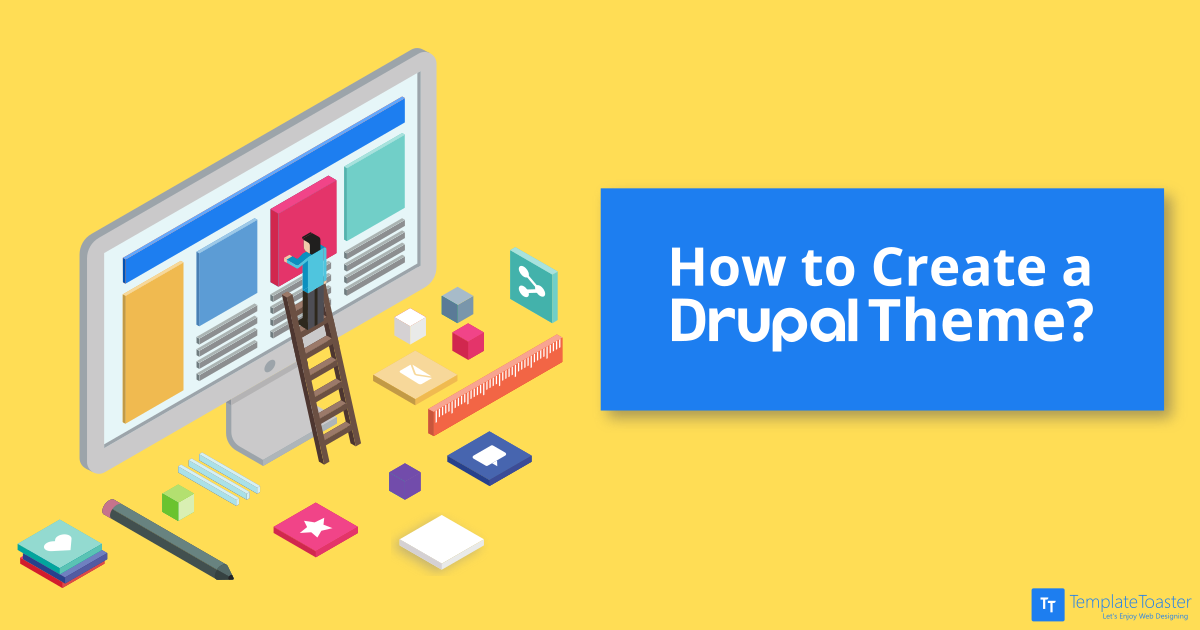
- #Drupal vm destroy all and create a site how to#
- #Drupal vm destroy all and create a site install#
- #Drupal vm destroy all and create a site Patch#
- #Drupal vm destroy all and create a site password#
Why not start with Writing a Hello World Module? You can start working on Drupal 8 core, on your local system, at the following location: You should now be able to navigate to v or in your web browser, and log in with the credentials you specified in your config.json file. The drush command 'si' installs your new Drupal site using the credentials specified in the config.json, based on the alias you pass.
#Drupal vm destroy all and create a site install#
To install Drupal 8 on your new virtual machine : Now issue the following command to reload your VM configuration, from the VDD root directory on your host system: Now edit the "synced_folders" section of your config.json file, setting the "type" property from "default" to "nfs": If your host system is Debian or Ubuntu (OS X users can skip this step): To speed this up, if you're running OS X or Linux, you can use: NFS Make sure to use the directory name Drupal 8 to save us from editing apache config:īy default, VDD performance can be slow, depending on your system, as it uses shared folders to share a directory on your host system with your virtual machine. I'm only going to add an entry for Drupal 8 here, as the VDD summary page noted above ( ) describes the entries you may wish to add for other Drupal versions.ġ92.168.44.44 Now we want to grab the latest Drupal 8, either using git, or drush. In Windows, edit the following file as an administrator in your text editor of choice: In OS X, edit the following file as an administrator in your text editor of choice: In Linux, edit the following file as an administrator in your text editor of choice: We are going to add a custom entry to our hosts files, which controls your local system's DNS. But I urge you to visit this link and read more, particularly if you're interested in a Drupal 6 or 7 development environment. I'll quickly add the bare-bones here so we can move along. Visiting presents you with further instructions. => default: Install finished! Visit in your browser.

Once this is complete, you'll see the following in the terminal: Once you type the following, go and grab a snack.
#Drupal vm destroy all and create a site password#
You can also set the username, email, and password for your Drupal install: VDD automatically creates drush aliases for each site in the config.json file atīy default, it defines a Drupal 7 and Drupal 8 alias.
#Drupal vm destroy all and create a site Patch#
If you previously had Virtualbox installed, make sure to back up your current VMs before proceeding with this tutorial.Ĭlone the VDD repo in to your home directory (~/):ĭrupal 8 now requires PHP 5.5.9, and as such, the base VDD module will require applying a patch to get Drupal 8 running. Navigate to and, again, grab a copy of the installer for your OS/Platform, and install it! Otherwise, you won't be able to install Vagrant. Make sure you followed the step above and installed Virtualbox. Navigate to and grab a copy of the installer for your OS/Platform, and install it! Installing Vagrant: Vagrant Drupal Development requires Virtualbox and Vagrant, if you don't have these installed, follow the steps below. We're going to set up a Drupal 8 environment. This allows you to use all of your local development tools, while keeping all the server configuration in the VM! Getting started One of the best things about the VDD module is that it shares a directory on your local machine with the virtual machine (VM) you use to run Drupal. There is an issue open for upgrading to Ubuntu 14.04 LTS, although 2017 is a ways off.

Version 12.04 was released in 2012 and has maintenance support until 2017. VDD uses Ubuntu 12.04 LTS Precise Pangolin, a Linux distribution, as a base. The VDD module uses Chef, a configuration management tool that helps automate your infrastructure, and Virtualbox server virtualization software. This can get you up and running quickly, without knowing anything about server administration. Why use it? It provides a standard hosting setup for developing with Drupal. Vagrant Drupal Development (VDD) is a ready-to-use development environment contained in a virtual machine. Warning - To use VDD with Drupal 8 you need to use the 8.x-1.x-dev version until a new release is created (after September 10, 2015).
#Drupal vm destroy all and create a site how to#
In this tutorial, you'll learn how to set up a local Drupal 8 development environment using the Vagrant Drupal Development (VDD) contributed module, Chef, Vagrant, and VirtualBox.


 0 kommentar(er)
0 kommentar(er)
